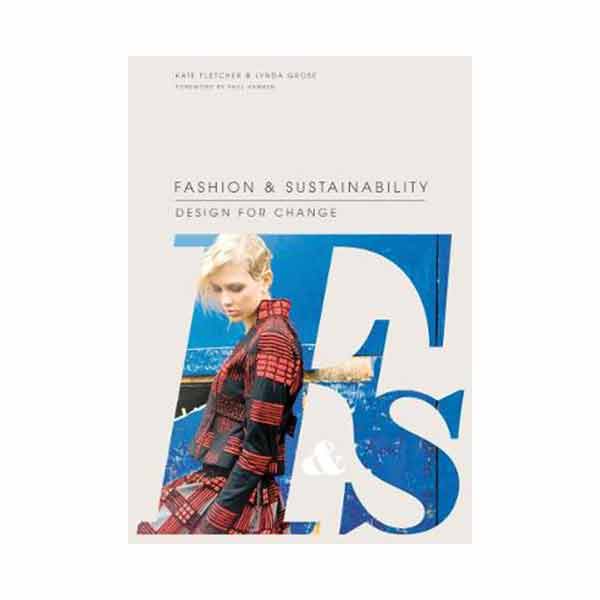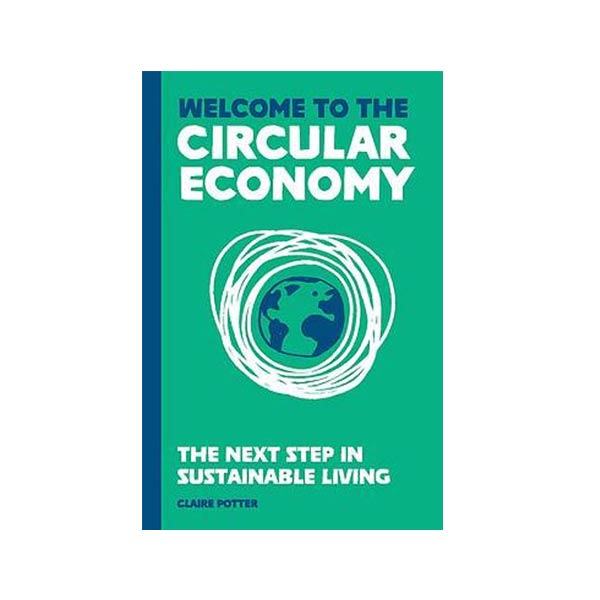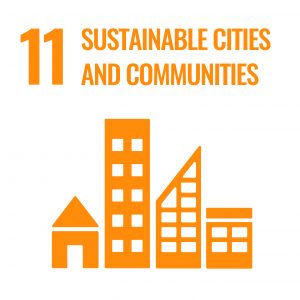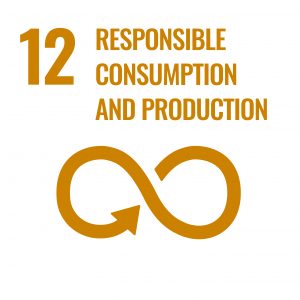When it comes to sustainable shopping, there has never been a more important time for brands great and small to show consumers that they are dedicated to making a difference in the industry. The past few years have seen a significant shift towards products from all industries, including fashion and beauty, to highlight sustainable practices that benefit the environment and the customer.
However, with so many brands, including established companies as well as fast fashion businesses, it’s challenging to identify which options follow sustainable practices. Sometimes, there is a risk that even the most green-leaning businesses are not always as sustainable as they seem. As a customer, you can work out which companies are right for you and the environment by asking key questions. Not sure what these questions are? Well, you’re in luck.
Sustainable Shopping: Key Questions
1. What materials is the product made from?
The materials and ingredients used in the products you choose will immediately help you understand how sustainable a business is. Any company that values transparency will have a detailed list of the types of materials or specific ingredients they use to design or develop their products.
Sustainable ingredients include anything easy to recycle, so plastics and similar products, such as styrofoam, are two materials you must look out for to avoid. On the other hand, bamboo and other natural materials highlight a dedication to sustainability, especially considering how quickly bamboo grows and how easy many natural ingredients are to recycle.
This point is crucial when it comes to beauty products. Some products can be harmful to the environment but also to yourself. Articles like No Damage, No Problem: The 15 Best Heat Protectants To Try Now can provide detailed information on how and why some useful beauty products can balance sustainability with quality results.

This book examines how sustainability has the potential to transform both the fashion system and the innovators who work within it. Sustainability is arguably the defining theme of the twenty-first century. The issues in fashion are broad-ranging and include labour abuses, toxic chemicals use and conspicuous consumption, giving rise to an undeniable tension between fashion and sustainability. The book’s split into three parts covering products, lifecycle, materials, manufacture, distribution, use and re-use, new business models and examples.
SHOP
2. How is the product packaged?
Similarly, packaging goes a long way towards ensuring sustainable shopping credentials. Even eco-friendly products with high-quality ingredients can miss the sustainable mark if the packaging is not easy to recycle or reuse.
Thankfully, many modern products come up with cardboard packaging that’s easy to dispose of at the correct recycling locations. Still, some products continue to use unnecessary packaging, especially smaller products.
It isn’t always about the size of the package, either. Effective sustainability also requires intelligent and efficient packaging. Brands should do everything possible to minimize the amount of space used.
3. How will the product be disposed of?
Disposing of products and packaging after you have used them is an aspect that all companies should focus on if they want to provide sustainable products and services. Outlining how to dispose of these materials without harming the environment goes a long way toward ensuring customers can throw out anything they no longer need. For consumers who have only just started to focus more on sustainability, this can help them avoid common mistakes and prevent contaminating products that make them unrecyclable.
Look for companies that use easy-to-dispose of materials. This could be through recycling or reusing, but it would be even better if there are diverse opportunities for the products’ end-of-life cycle. Composting is an excellent practice that many new sustainable businesses have introduced, but it is not something you will find everywhere.
If you do want to look into recycling, ensure the product can be recycled or reused more than once. In this case, materials like aluminium are a fantastically sustainable choice. As shown on ClearAmberShop.com, you could opt for things like aluminium guttering or roofing as opposed to less sustainable products. Aluminium can be recycled and reused countless times without losing its core properties, so one product can last a lifetime!

Claire Potter helps explain what the circular economy is, how we as individuals fit into a bigger landscape, how we can demand more of brands, corporations and governments – and how all the decisions we make really do make a difference.
SHOP
4. What does the supply chain look like?
There are many supply chain approaches for a business to explore. In most cases, the supply chain is unavoidable, especially if the company sources materials or ingredients from far away. Although this is a necessary evil, there are opportunities to reduce the environmental impact of the supply chain.
Companies that rely on local businesses for the majority of their materials and ingredients will always be more sustainable than those that source item from other parts of the country or even other parts of the world.
You won’t always know about the supply chain from researching the company. However, you can dig deeper and even get in touch with the business directly to find out and ease (or confirm) concerns.
5. Who makes the product?
Even before the supply chain, there is also the manufacturer. Getting in touch with companies and finding out the source of their materials can shed important light on how sustainable the entire process is. Some companies may try avoidance tactics and only mention where the manufacturer is based. However, this is not enough.
If the company seems unwilling to tell you what company manufactures the products, you can typically consider this to be a red flag. This is because many businesses follow sustainable practices all over the world. These companies have excellent working conditions and are dedicated to reducing their environmental impact. But, other companies offer cheaper and more convenient solutions. These companies often ignore crucial environmental regulations, so don’t be afraid to do your homework and confirm certifications.
6. Do they measure the Carbon Footprint?
As much as corporations campaign to encourage the general public to reduce their carbon footprint, companies will always contribute more negativity to the environment than a person. Because of theism, you can analyse how the company measures and reduces its carbon footprint. You can get an idea about this through the supply chain and packaging efficiency, but this is not the only way.
It does not revolve around the delivery practices. When looking for how companies reduce their carbon footprint, you should also look at the office or workplace. Do they encourage their employees to work from home whenever possible? Are there policies in place that reward employees for following a sustainable lifestyle?
Finding out the answers to these questions will prove that the company is genuinely dedicated to sustainability rather than using it for brownie points, which separates the dedicated businesses from those that are merely following a trend to drive growth and success.
7. What is the company vision?
Every business should have a company vision regarding where they are and where they want to be. Modern businesses should also show that they have a vision for ensuring sustainability.
You will find many companies that boast about Green Pledges, which you can find on their website or social media pages. Through this,
research what they expect from tier employees, suppliers, and even their employees. Hopefully, the pledge aligns with what you consider sustainable.
Even if they have not achieved everything yet, there is still the opportunity to make a difference as long as the company makes it clear that they are working towards these changes. If they understand where they can improve, you can give them the benefit of the doubt for now.
8. How do they ensure their vision?
At the same time, you also want to see how they are achieving their vision or at least making progress towards achieving it. Sure, they say they want to reduce emissions or use cruelty-free products for everything, but if they do not highlight how that will happen, it can be more challenging to trust the process.
White papers, press releases, or social media posts can point the company in the right direction, making it easier for its consumers to discover what they are doing. Similarly, announcing achievements, such as achieving carbon neutrality or reusing old stock for new products, can demonstrate how effective their methods are.
9. What ere the Environmental Policies?
A company that boasts eco-friendly values is always one to consider working with, whether as a customer or as a client. The company owner is often the one who leads the charge for their business, and they should highlight their policies to help everyone discover what they stand for.
Their environmental policies are a fantastic way to get a better understanding of where the company fits into a sustainable future. Do they work with other sustainable brands? Have they donated to sustainable causes or even hosted events to promote sustainability? If so, it’s safe to assume they are dedicated to operating as an eco-friendly enterprise.
However, you should also be careful of companies attempting to greenwash their reputation. Usually, this comes after some seriously bad PR, and businesses will do everything they can to repair the damage.
10. Are there other eco-friendly measures?
Sometimes, there may be eco-friendly measures you have not considered or they may not be as evident on the surface. Some brands will work behind the scenes and resist too much fanfare because they are more concerned about the effect of their eco-friendly measures rather than getting plaudits.
As someone interested in sustainable shopping, you know just as much as anyone else that even the smallest measures can make a difference, even if it feels insignificant right now. Despite that, there is always something to admire about companies who will explore new eco-friendly ventures, as it could be the answer other brands are looking for and can encourage a new wave of sustainable businesses.
Sustainable Shopping
The best way to encourage more companies to be sustainable is to vote with your wallet. If society focuses more on using businesses that are at the forefront of the sustainable shopping revolution, it encourages other companies to evaluate their practices and make changes. From here, you will see multiple companies adjusting their approach to sustainability, which will benefit the consumer and the environment to ensure a healthier planet.
Photography by Henri Lajarrige Lombard




